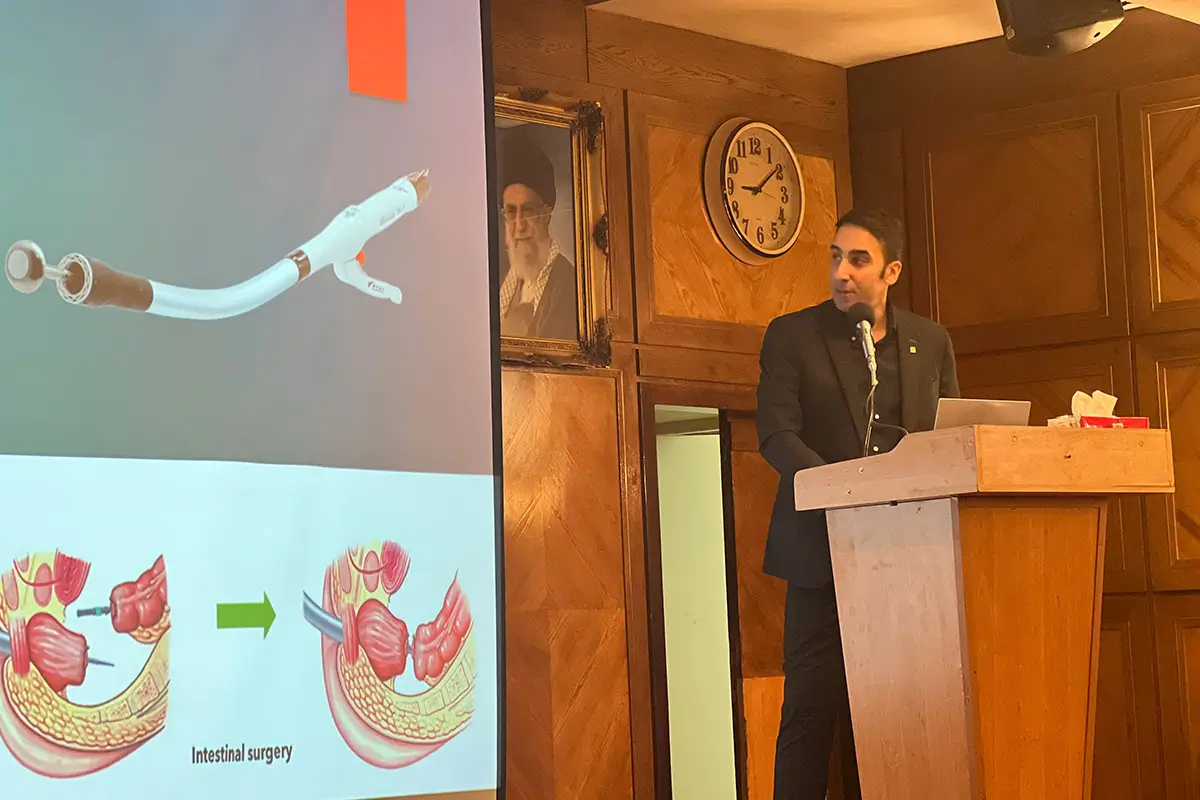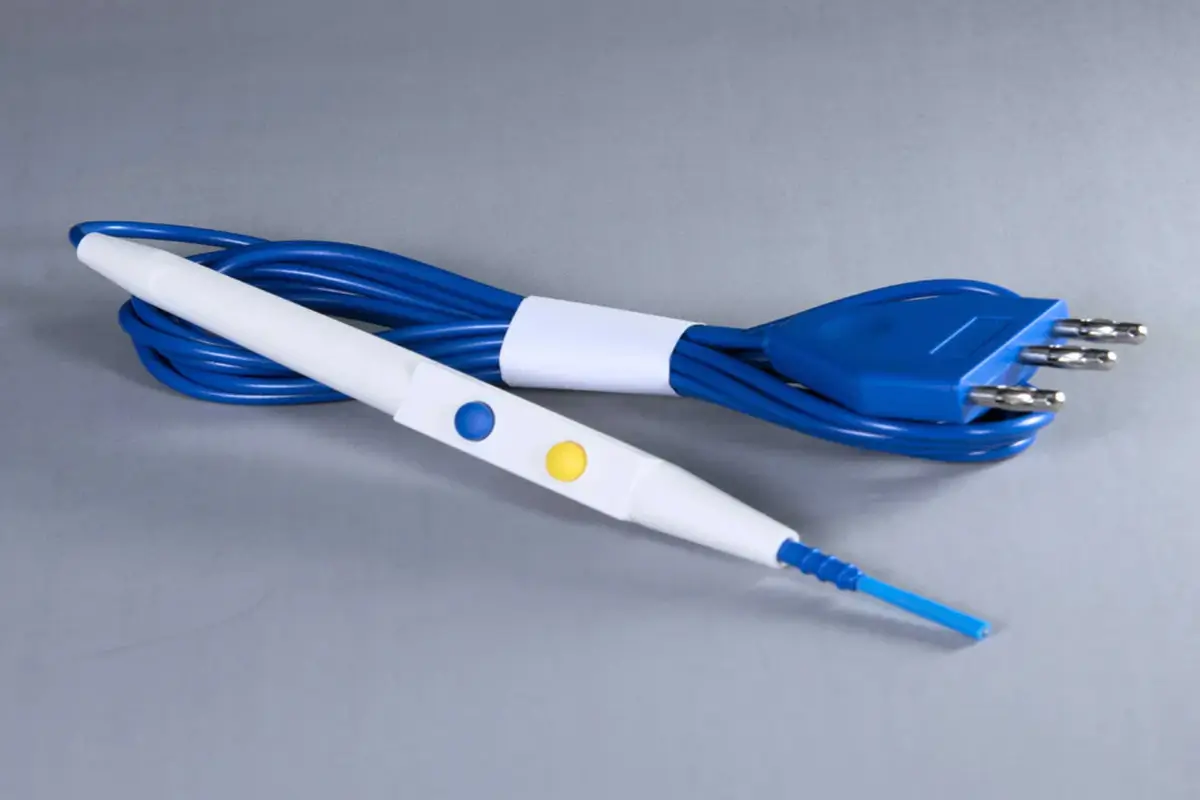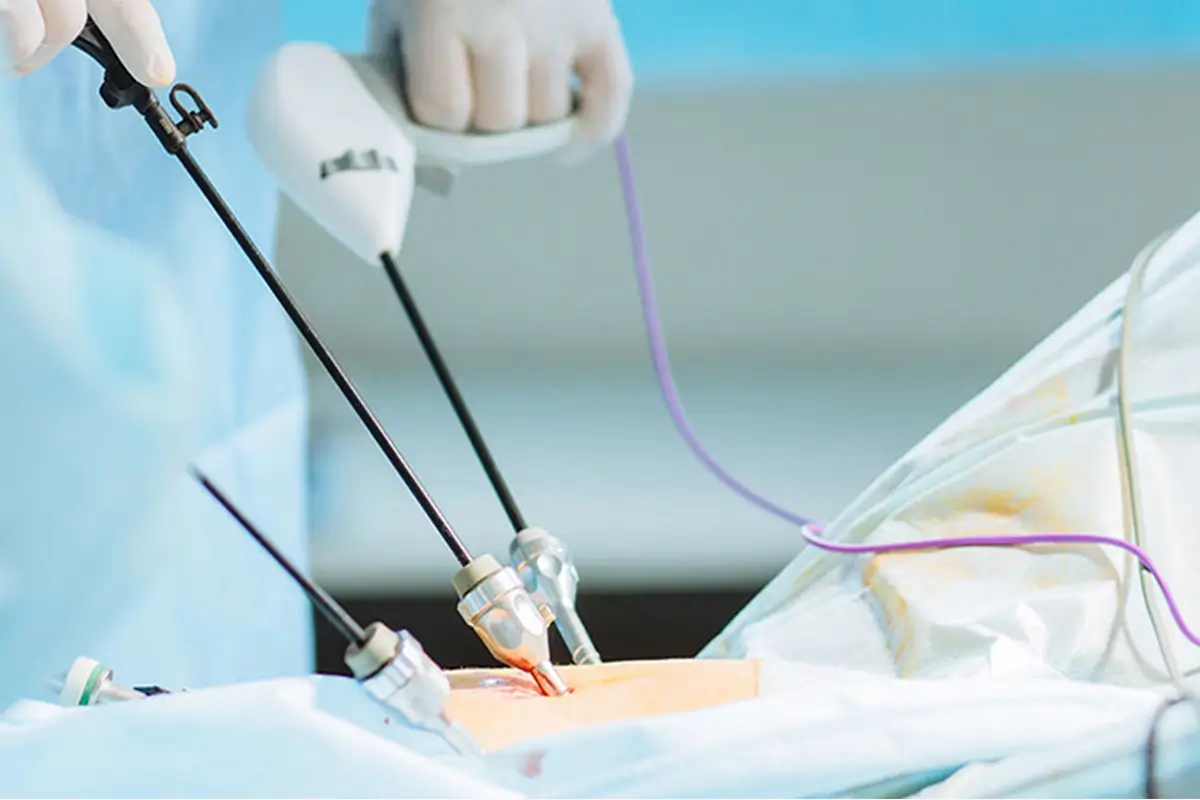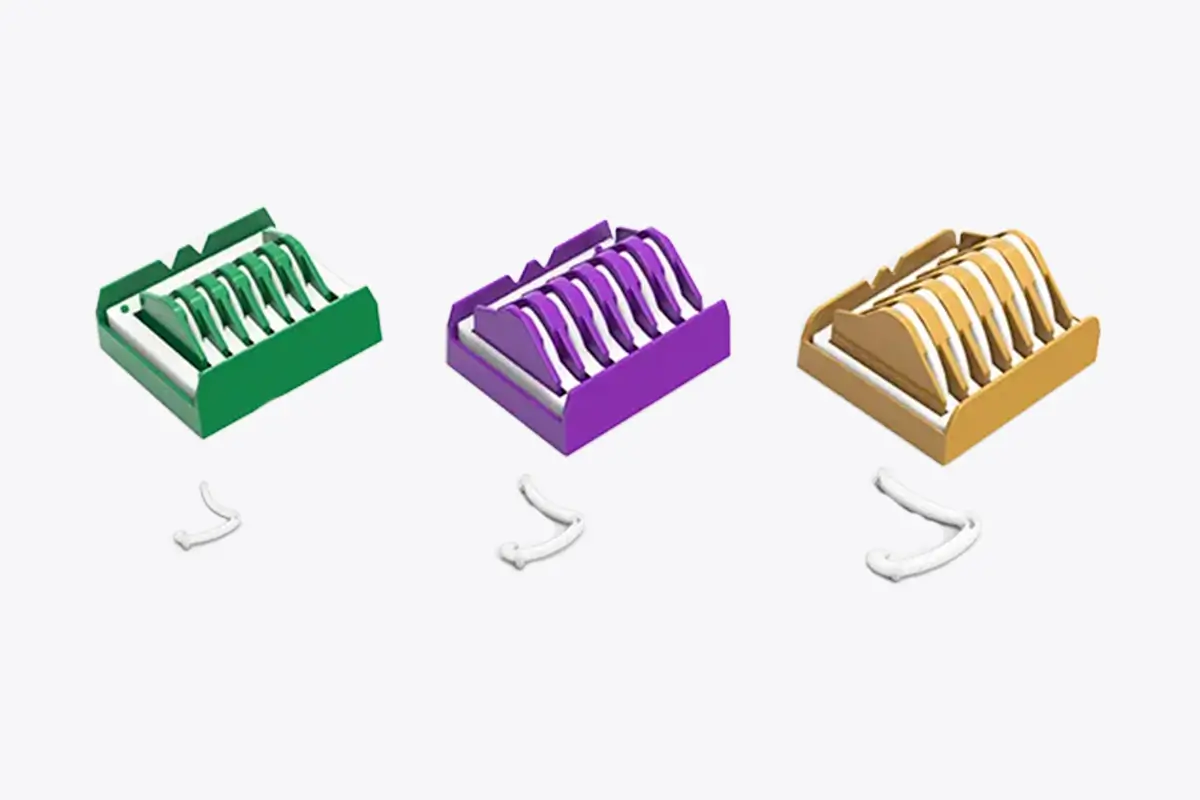A laparoscopic trocar is a vital instrument in laparoscopic surgeries, enabling surgeons to perform procedures with smaller incisions, leading to less trauma to the body and faster recovery times compared to open surgeries.
Trocars are used to create access points in the abdominal wall, known as ports. These ports allow the insertion of specialized instruments such as the laparoscope and other surgical tools into the abdominal cavity.
Utilizing these instruments without the need for large incisions allows for the completion of the surgery, which is why laparoscopy is recognized as a minimally invasive surgical technique. Trocars are manufactured in various sizes and designs to meet the diverse needs of surgeons.
Components of a Laparoscopic Trocar
A laparoscopic trocar typically consists of several main components:
Cannula: A metal or plastic shaft used to create the entry pathway for instruments and to seal the abdominal cavity, preventing gas leakage. The cannula is designed with a valve that allows instruments to be inserted without the escape of carbon dioxide gas.
Obturator: An internal rod used to puncture the abdominal wall, after which the cannula is placed in position. Once the cannula is correctly placed, the obturator is removed to allow surgical instruments to be introduced through the trocar.
Trocar Handle: The main section that the surgeon uses for control and stability during the insertion of the trocar.
Different Sizes of Trocars
Trocars are designed in a variety of sizes to accommodate different surgical conditions and patient needs. The most common sizes include:
- 3 millimeters (mm)
- 5 millimeters (mm) (the most commonly used for general laparoscopic surgeries)
- 10 millimeters (mm)
- 12 millimeters (mm)
- 15 millimeters (mm)
Applications of Laparoscopic Trocars
Laparoscopic trocars are employed in various minimally invasive surgeries, including:
- Cholecystectomy (gallbladder removal)
- Appendectomy (appendix removal)
- Hernia repair
- Diagnostic laparoscopy
- Thoracic surgeries
- Gynecological surgeries
- Urological surgeries
Advantages of Laparoscopic Trocars
The use of laparoscopic trocars offers numerous benefits, including:
- Reduced pain and smaller postoperative scars
- Faster recovery and shorter hospital stays
- Lower risk of infection
- Providing optimal and sufficient visualization for the surgeon during the operation







